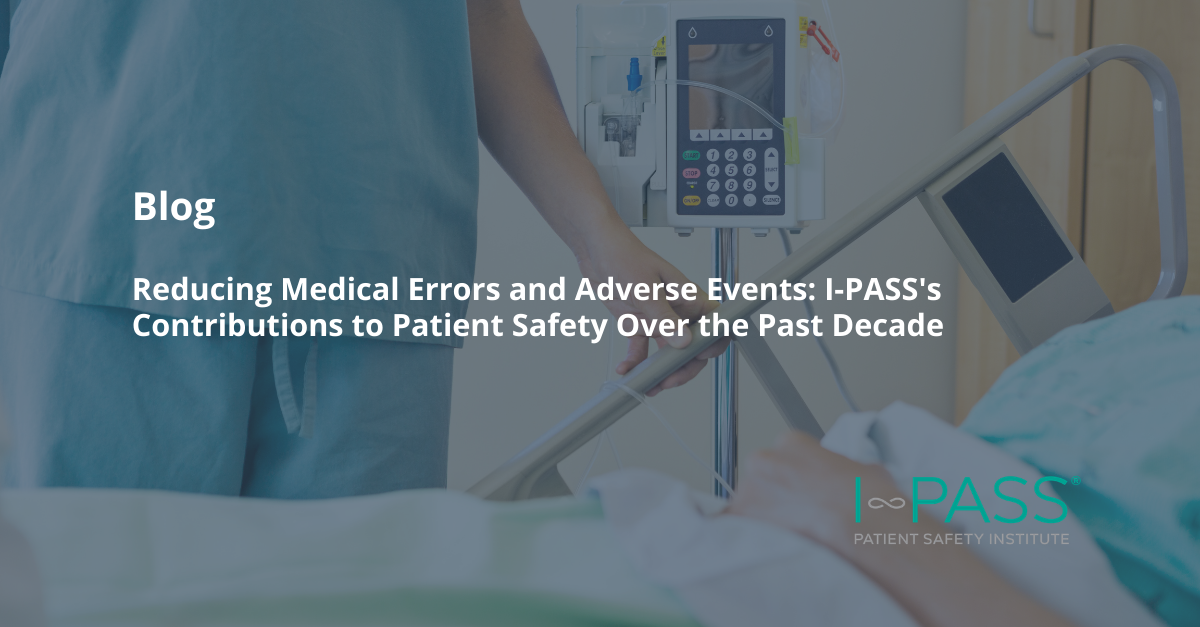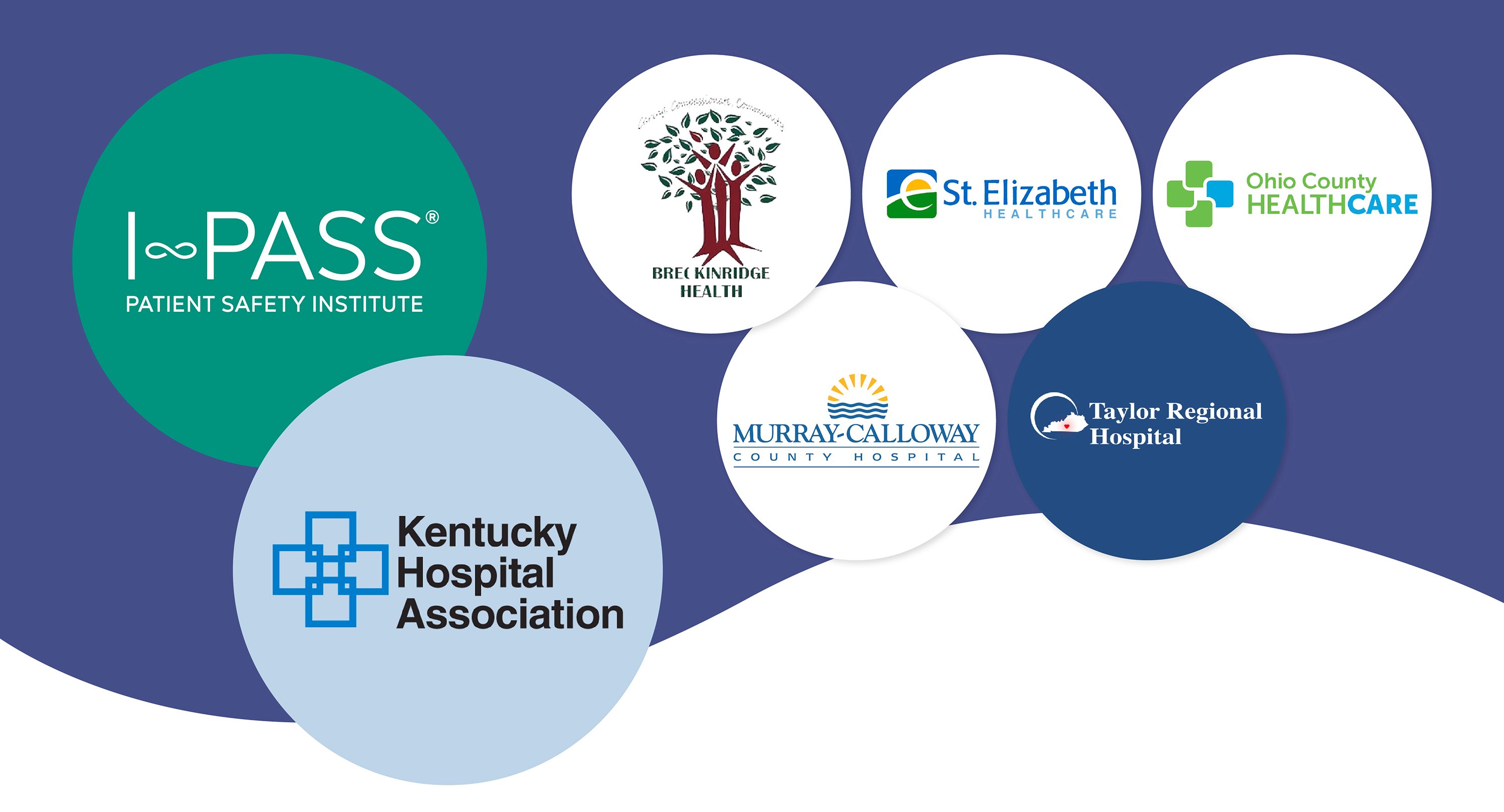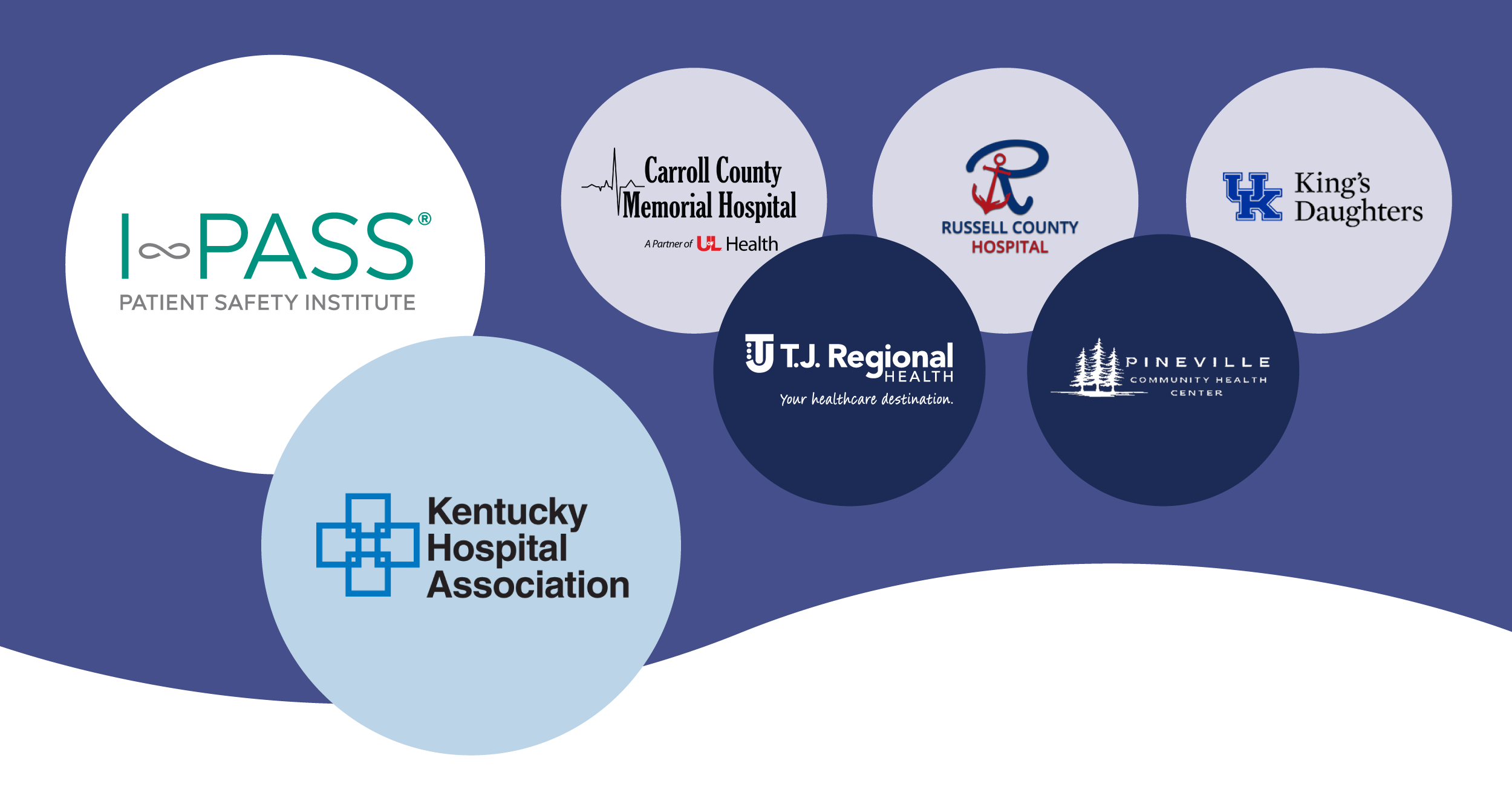Key takeaways:
- The first I-PASS study took place at Boston Children’s Hospital and resulted in a decrease in preventable adverse medical events from 3.3 to 1.5 per 100 admissions, with a subsequent study published in NEJM showing a reduction from 4.7 to 3.3 preventable adverse events per 100 admissions. The most recent I-PASS study conducted by Jorro-Barón and colleagues showed that when implementing I-PASS, handover communication and quality improved within six PICUs.
- Commenting on Jorro-Barón and colleagues’ study, Dr. David Shahian noted the lack of a statistically significant association in their research between I-PASS implementation and improved clinical outcomes. However, he pointed out the logistical and practical challenges of isolating outcomes differences to I-PASS implementation without the level of case by case adjudication used in the original I-PASS studies. He also argued that the original landmark studies of the I-PASS group and subsequent studies from multiple institutions have shown compelling effectiveness in improving handover quality. In his BMJ research, Shahian concluded that with I-PASS “the evidence for effectiveness is overwhelming and the need for action is urgent—all that is lacking is the will to implement.”
- With over a decade of validated research, there is no reason to question the value of I-PASS or the evidence gathered thus far. In fact, it’s time to focus more on the future of implementation and less on validating already proven outcomes.
Between 2018 – 2019, Jorro-Barón and colleagues led a stepped-wedge cluster randomized trial to evaluate the effectiveness of the I-PASS handoff solution in six pediatric intensive care units (PICUs) within five hospitals in Argentina. They set out to determine whether I-PASS creates a more efficient, streamlined, and safer handoff process. Not surprisingly, the results of the study showed that implementing I-PASS improved handover communication and quality.
Nearly 6,000 miles away, this study sparked questions and comments for Dr. David Shahian, VP, Center of Quality and Safety, Massachusetts General Hospital and Professor of Surgery at Harvard Medical School: Is the lack of association between I-PASS implementation and improved clinical outcomes displayed in Jorro-Barón and colleagues’ study a problem?
While we value Dr. David Shahian’s question, we would also offer an additional consideration—do we need even more evidence to validate a study that has a decade of comprehensive, proven research or should we shift our focus to promoting and implementing the solution? As the company that developed the I-PASS solution, we are proud to summarize Dr. Shahian’s article in the British Medical Journal which includes a history of I-PASS, a review of Jorro-Barón and colleagues’ study, and Dr. Shahian’s analysis of this critical question.
Evolution of I-PASS: A Validated Clinical Study
Today, I-PASS is one of the only handoff tools validated by clinical studies, the first of which was performed in 2009, and numerous studies have been completed since then.
The original I-PASS study was conducted on two inpatient pediatric units at Boston Children’s Hospital. Results of the study showed that preventable adverse medical events decreased from 3.3 to 1.5 per 100 admissions and medical error rates reduced from 33.8 to 18.3 per 100 admissions. As Leora I. Horwitz noted this study was, “by far the most comprehensive study of the direct effects of handoff interventions on outcomes within the context of existing work-hour regulations and is the first to demonstrate an associated significant decrease in medical errors on a large scale.”
In 2011 – 2013, an extensive follow-up study was performed by Amy J. Starmer and colleagues which found that after I-PASS had been implemented at nine pediatric hospitals there was a 23% reduction in medical errors and a 30% reduction in preventable adverse events. As stated in the article, “Inclusion of prespecified elements in written and verbal handovers increased significantly, and there was no significant change in handover time per patient.”
In yet another study, 16 hospitals were analyzed—5 community hospitals, 11 academic centers with multiple specialties—and a 27% reduction in adverse events was achieved.
Dr. Shahian shared the result of Jorro-Barón and colleagues study, commenting that, “Clinician self- assessment of having been inadequately prepared for their shift because of a poor-quality handoff decreased from 10.2% in the control arm to 7.2% postintervention.”
As stated by Dr. Shahian, “I-PASS has emerged as the dominant system in healthcare for structured, standardized handovers. This system is specifically designed for healthcare applications; it is based on adult educational principles and simple to use; it has been extensively validated in the peer-reviewed literature encompassing studies at multiple institutions.”
These studies, and many more, led to I-PASS receiving the 2016 John M. Eisenberg Patient Safety and Quality Award for national contributions to patient safety and quality.
Defining the Problem: Inconsistent Handoffs Causing Fragmented Care
Within healthcare provider organizations, gaps in communication and miscommunication between clinicians can lead to errors during patient handoffs. According to a CRICO Strategies’ study, 30% of 23,658 malpractice claims were due to communication issues. In addition to improving communication, I-PASS is utilized in ACGME programs to train residents on the structured handoff process. Training residents and implementing a standard handoff process has become increasingly important as, according to the article, “both the numbers of handovers and handover-related problems have increased in contemporary practice because of greater patient complexity and the expanding number and types of providers involved in a typical patient’s care.”
Complexity of patients is just one area that makes handoffs challenging. The added challenge of shift changes, work hours, and department structure also impact handoffs, continuity of care, and clinician’s ability to catch and reduce medical errors. For example, the article notes, “Off-hours care is often provided by ‘cross-covering’, ‘float’ or ‘moonlighting’ practitioners who are responsible for numerous unfamiliar patients during their shifts, thus imposing an even greater need for effective handovers.”
I-PASS is currently used as a transition method between doctors, nurses, and family members to aid in closed-loop communication across the continuum of care—within Graduate Medical Education (GME) programs, during inter-hospital transitions of care, and more. The importance of inter-hospital changes especially relates to critical patients, such as, “from operating rooms to postoperative care units and ICUs; admissions to a surgery unit; management of trauma patients; ICU to general ward transfers; night and weekend coverage of large services, many of whose patients are unfamiliar to the physician receiving the handover; and end-of-rotation resident transitions.”
Study Process and Clinical Outcomes: Are There Limitations?
So, even though I-PASS is clinically proven to reduce medical errors and close gaps in communication throughout various healthcare settings, is there reason to question the significance of I-PASS? As concluded by Dr. David Shahian, “Having personally observed the value of I-PASS, as well as the devastating consequences of inadequate handovers … the evidence for effectiveness is overwhelming and the need for action is urgent—all that is lacking is the will to implement.”
Learn more about the I-PASS solution and the benefits of implementing a standardized handoff protocol in your institution.





